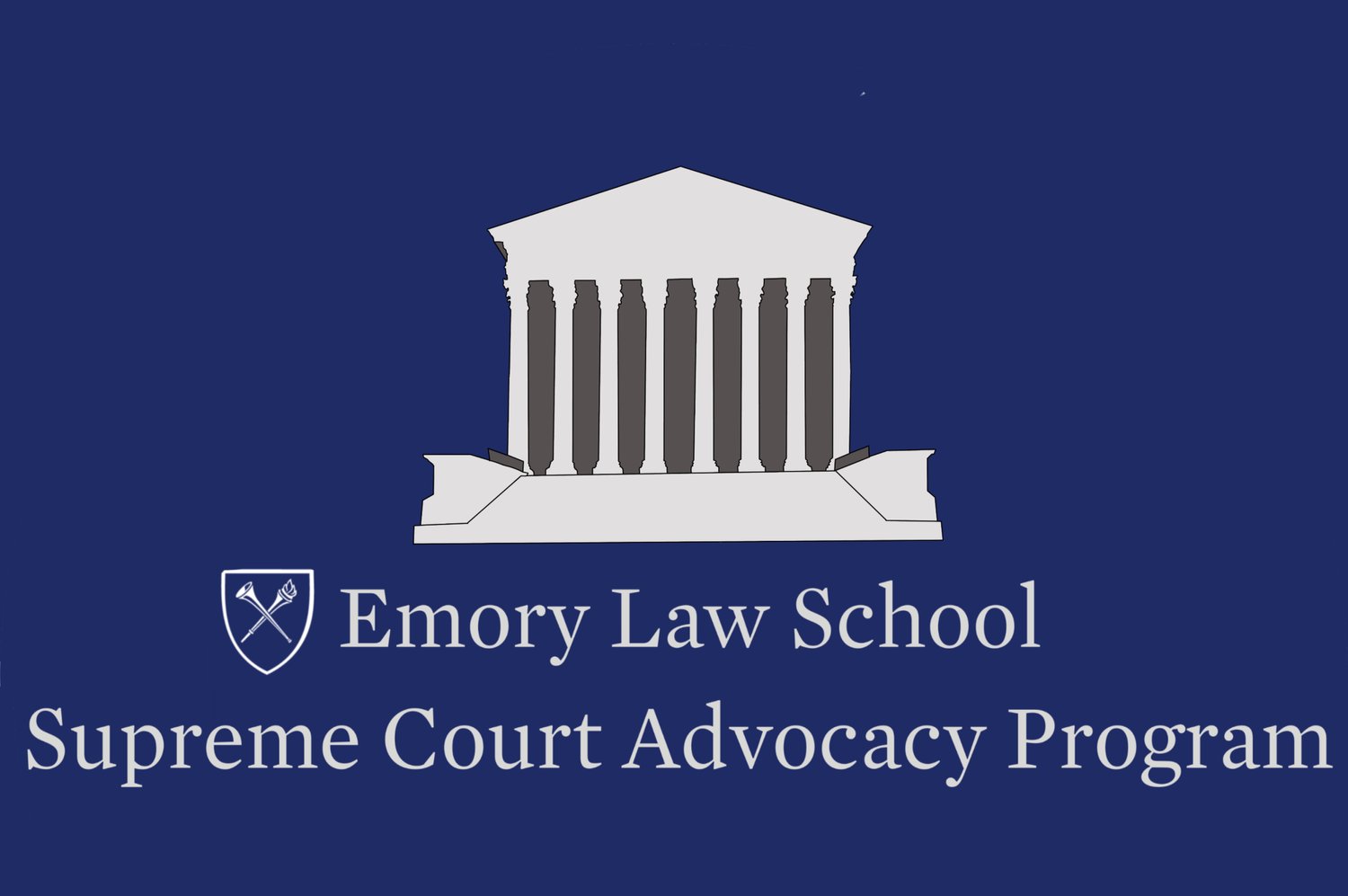Tabitha Kim | Does the Telecommunications Act of 1996 Afford the FCC Substantial Deference Over Broadcast Ownership Rules?
Background
In response to rapid technological advances in the broadcast industry, Congress enacted the Telecommunications Act of 1996 to “promote competition and relax statutory ownership restrictions.” The Act gave the Federal Communications Commission (FCC) broad authority to regulate broadcast ownership and required, under Section 202(h), that the FCC review its media ownership rules every four years to determine whether they remain “necessary in the public interest as the result of competition.” In conducting these reviews, the FCC considers whether existing rules promote competition, localism, and diversity of viewpoints.
Following its 2018 Quadrennial Review, the FCC issued a 2023 Order retaining the Local Radio and Television Ownership Rules, which limit the number of stations that any broadcaster may own within a given geographic market. The Top-Four Prohibition bars entities from owning more than one of the top four stations in a local market, while Note 11 of this provision prevents acquisition of another station’s network affiliates if doing so would violate this limit. The FCC’s amendment tightened Note 11 to extend to low-power TV stations and multicast streams.
A coalition of broadcasters – ABC, CBS, and NBC – joined Zimmer Radio in a petition for judicial review, arguing that the FCC’s retention of the ownership rules was arbitrary and capricious under the Administrative Procedure Act (APA) and that the Note 11 amendment exceeded the agency’s statutory authority and infringed their First Amendment rights.
Issue
Whether Section 202(h) affords the FCC substantial deference in reviewing and retaining broadcast ownership rules.
The Split
The Eighth Circuit rejected the deferential approach adopted by the Third Circuit in prior cases, holding that the FCC’s 2023 Order was inadequately justified under the APA.
Third Circuit
In Prometheus I v. FCC, the Third Circuit upheld the FCC’s retention of the Top Four Prohibition, deferring to the Commission’s “line-drawing” expertise in rulemaking. Prometheus I v. FCC, 373 F.3d 372 (3d Cir. 2004). The court found that the FCC reasonably concluded the rule promoted competition while preventing excessive concentration of ownership. It held that the FCC acted within its authority in reflection of its concern for audience preferences. In doing so, the Third Circuit gave the FCC wide latitude to “draw the regulatory line” as long as it engages in reasoned decision-making.
Eighth Circuit
In Zimmer Radio of Mid-Missouri, Inc. v. Federal Communications Commission, the Eighth Circuit diverged from the Third Circuit’s approach, emphasizing that the 1996 Act was intended to deregulate rather than expand restrictions. Zimmer Radio of Mid-Missouri, Inc. v. Federal Communications Commission, 145 F.4th 828 (8th Cir. 2025). It vacated parts of the 2023 Order, finding the FCC’s justifications insufficient and inconsistent with market realities – particularly its failure to consider marketplace changes such as rising competition from non-broadcast streaming and digital platforms. The court also criticized the Note 11 amendment for potentially harming smaller “short markets” by restricting access to major programming. In its final remarks, the Eighth Circuit explicitly recognized that its ruling “appears to put [it] in tension with the Third Circuit.”
Looking Forward
As media consolidation continues and audiences shift toward streaming services, challenges like Zimmer Radio may pressure the FCC to further relax its ownership rules through its Quadrennial Reviews. Although the Eighth Circuit declined to address the First Amendment question, ongoing debates – such as those surrounding the interim suspension of the Jimmy Kimmel Show – may soon test the limits of FCC’s authority to regulate content.
Find Tabitha on LinkedIn!
